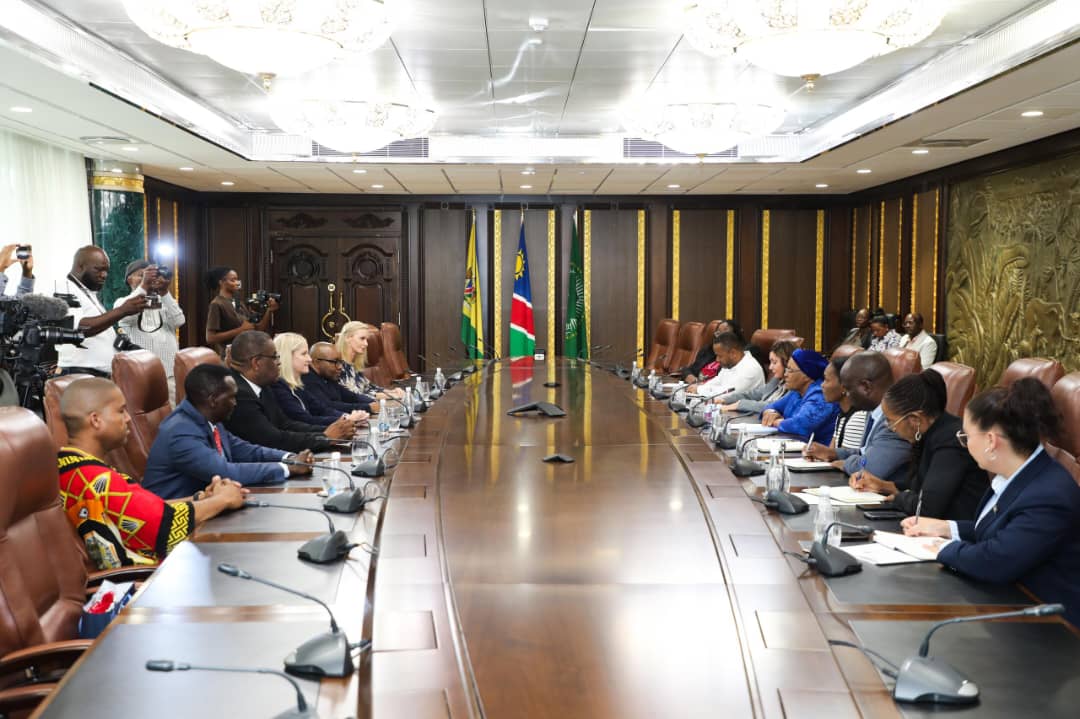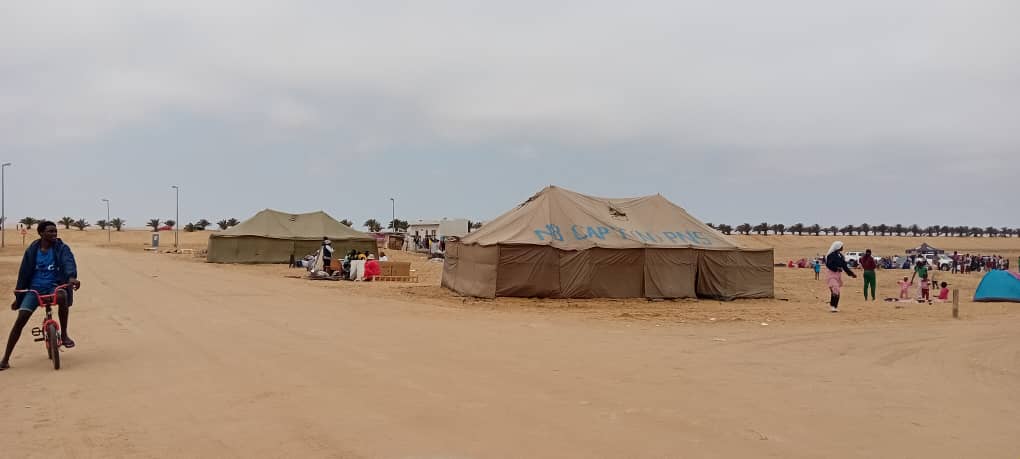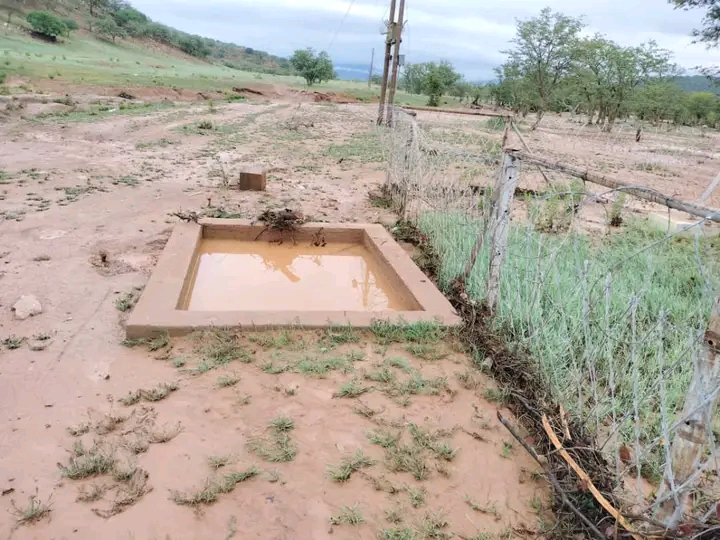The world is experiencing what some call a once-in-a-century financial crisis.
Its impact has the potential to undo and destroy fiscal strides made in the developing world. One can only assume that relevant policymakers and regulators in Namibia are on top of the challenges posed by current financial turmoil as it is just a matter of time before the impact expands to our part of the world.It is correct that Namibian financial institutions have had very little direct exposure to the US subprime mortgage market.The financial market ramifications of the rise in mortgage delinquencies are profound and no one is insulated from the effects of the crisis as evidenced by this week’s massive drop on stock markets all over the world, including Namibia.What caused this crisis? During the past five years, the world, particularly the western world, experienced unprecedented growth.These excesses simply had to unwind.Hyman Minskey, in his masterpiece ‘Stabilising an Unstable Economy’, correctly argued that “a long period of rapid growth, low inflation, low interest rates and macroeconomic stability bred complacency and increased willingness to take risk.”Nout Wellink, the President of the Netherlands Bank and Chairman of the Basel Committee on Banking Supervision, highlights that complacency on the part of bankers and regulators played a significant role in facilitating the global financial crisis.He states that the banking industry is exceedingly optimistic during times of benign economic conditions, when the environment is relatively calm.Risk-taking has seen the genesis of innovative financial instruments such as securitisation, off-balance sheet funding, mortgage-backed securities, credit default swaps, to mentioned but a few.All these exotic financially-engineered instruments were created in the face of very little regulation and a shallow understanding of the complexity of these financial instruments by both the regulators and chief executives.The crisis began with the bursting of the American housing bubble and high default rates on subprime and adjustable mortgage rates.Subprime lending is the practice of advancing loans to people who do not qualify for market interest rates because of varying risk factors, such as income levels, size of the down payment, credit history and employment status.”NINJA-loans – no income, no job or assets”, as a colleague of mine defines it, were granted with disastrous consequences.Some would say the crisis is the result of reckless trading and possibly fuelled by an element of greed.Traditionally, commercial banks lent money to homeowners for their mortgages and retained the default risk, called credit risk.With financial innovation, banks sell rights to the mortgage payments and related credit risk to investors through a process known as securitisation.The securities investors buy are known as mortgage-backed securities.In this model, credit risk is distributed broadly to investors.It is common knowledge by now that reputable banks have gone bust, while others have been effectively nationalised by governments in the United States and Europe.Billions of dollars have been lost, whilst credit and liquidity have been contracted.Is the worst over? Certainly not.The magnitude of this unwinding excess is a process involving re-appraisal of risk, de-leveraging of the private sector, the fall of inflated assets to a sustainable level, as well as re-capitalisation of the financial system.The much-talked about $700 billion rescue plan by the US government is aimed at allowing authorities to buy “toxic assets” or simply put, bad loans from affected banks, in order to restore confidence and stability to the financial system.This could introduce liquidity in the system, improve the balance sheet of affected banks and enable trade amongst them – allowing banks to operate as banks.However, the situation can only improve if credit quality improves.A catalyst of some sort – e.g.bail-out, new regulatory framework, massive consolidation – is required to stem the demise, bankruptcies and nationalisation of reputable global banks, ease granting of (frozen) credit and for normalcy to return in the operation of financial markets.How does this crisis impact on us in Namibia? Namibian financial institutions seem not to have direct exposure to either global banks or financial instruments.In addition, exchange control – allowing local investors and institutions restricted offshore exposure – has been a blessing in disguise.However, no one remains shielded from the impact of the current crisis and it could affect Namibia as follows: Stock market: The Namibian Overall Index lost approximately 25% since the beginning of the year to last Friday, while the ALSI on the JSE subsequently delivered a negative return of 16% during the same period.Namibians who have invested in overseas equity markets lost 7% year-to-date as reflected by the MSCI.Foreigners have been net buyers of South African equities and bonds.With the latest crisis one can expect reduced capital flows to SA as investors explore safer options.Namibia has invested over N$30 billion on the JSE and in South African financial instruments.Retirement funds: People who are retiring within the next 12 months will feel the effects in their pockets primarily due to low bonus declarations and low-to-negative investment returns by their pension funds.Retirement funds with obligations to pay benefits unfortunately need to realise these losses, unless their cash allocation cushions the effect.With nearly N$6 billion of Namibian pension assets invested offshore, returns as well as funds with purely international equity mandates will have to make do with very low to negative investment returns for the past year.It is painful to retire under these circumstances.Namibian dollar: The fair value of the local currency, based on purchasing price parity is currently around N$8.20 – N$8.30 to the US dollar.This value could slide to N$9.00 to the US dollar over the short term, should the drop expected in commodity prices become a reality.A global economic slow-down could lead to a reduction in demand for our commodities and even with demand holding up, payment could be a challenge given the contraction of liquidity and credit extension in the global financial system.Cost of capital: Local companies intending to raise money in the global market would find such credit hard to come by and its cost rising.Expect credit to become expensive.Entities relying on donor funding and aid should expect challenging times ahead.Risk management: This is expected to increase significantly due to sharp movements in asset prices.Regulatory burden is likely to increase as well.Economic growth: Our economic growth is likely to decline from the current forecast level of 3.7% to below 3% due to slow global growth.Job creation and poverty alleviation become serious challenges if the economy is not growing at appropriate levels.Under this scenario, it is imperative to deliver on the government’s infrastructure funding programme.We also need to rely increasingly on our own savings to boost local economic growth as direct foreign investment, particularly from the western world, is expected to slow down significantly over the short term.Conclusion A speedy resolution of the current financial crisis is critical.The longer the turmoil continues, the deeper the potential damage to the global financial system; and the greater the likelihood of destroying fiscal gains made over the past couple of years.One trusts that policy options for crisis prevention and mitigation are being considered.- This opinion piece does not necessarily reflect the views of Old Mutual where !Gawaxab is employed.One can only assume that relevant policymakers and regulators in Namibia are on top of the challenges posed by current financial turmoil as it is just a matter of time before the impact expands to our part of the world.It is correct that Namibian financial institutions have had very little direct exposure to the US subprime mortgage market.The financial market ramifications of the rise in mortgage delinquencies are profound and no one is insulated from the effects of the crisis as evidenced by this week’s massive drop on stock markets all over the world, including Namibia.What caused this crisis? During the past five years, the world, particularly the western world, experienced unprecedented growth.These excesses simply had to unwind.Hyman Minskey, in his masterpiece ‘Stabilising an Unstable Economy’, correctly argued that “a long period of rapid growth, low inflation, low interest rates and macroeconomic stability bred complacency and increased willingness to take risk.”Nout Wellink, the President of the Netherlands Bank and Chairman of the Basel Committee on Banking Supervision, highlights that complacency on the part of bankers and regulators played a significant role in facilitating the global financial crisis.He states that the banking industry is exceedingly optimistic during times of benign economic conditions, when the environment is relatively calm.Risk-taking has seen the genesis of innovative financial instruments such as securitisation, off-balance sheet funding, mortgage-backed securities, credit default swaps, to mentioned but a few.All these exotic financially-engineered instruments were created in the face of very little regulation and a shallow understanding of the complexity of these financial instruments by both the regulators and chief executives.The crisis began with the bursting of the American housing bubble and high default rates on subprime and adjustable mortgage rates.Subprime lending is the practice of advancing loans to people who do not qualify for market interest rates because of varying risk factors, such as income levels, size of the down payment, credit history and employment status.”NINJA-loans – no income, no job or assets”, as a colleague of mine defines it, were granted with disastrous consequences.Some would say the crisis is the result of reckless trading and possibly fuelled by an element of greed.Traditionally, commercial banks lent money to homeowners for their mortgages and retained the default risk, called credit risk.With financial innovation, banks sell rights to the mortgage payments and related credit risk to investors through a process known as securitisation.The securities investors buy are known as mortgage-backed securities.In this model, credit risk is distributed broadly to investors.It is common knowledge by now that reputable banks have gone bust, while others have been effectively nationalised by governments in the United States and Europe.Billions of dollars have been lost, whilst credit and liquidity have been contracted.Is the worst over? Certainly not.The magnitude of this unwinding excess is a process involving re-appraisal of risk, de-leveraging of the private sector, the fall of inflated assets to a sustainable level, as well as re-capitalisation of the financial system.The much-talked about $700 billion rescue plan by the US government is aimed at allowing authorities to buy “toxic assets” or simply put, bad loans from affected banks, in order to restore confidence and stability to the financial system.This could introduce liquidity in the system, improve the balance sheet of affected banks and enable trade amongst them – allowing banks to operate as banks.However, the situation can only improve if credit quality improves.A catalyst of some sort – e.g.bail-out, new regulatory framework, massive consolidation – is required to stem the demise, bankruptcies and nationalisation of reputable global banks, ease granting of (frozen) credit and for normalcy to return in the operation of financial markets.How does this crisis impact on us in Namibia? Namibian financial institutions seem not to have direct exposure to either global banks or financial instruments.In addition, exchange control – allowing local investors and institutions restricted offshore exposure – has been a blessing in disguise.However, no one remains shielded from the impact of the current crisis and it could affect Namibia as follows: Stock market: The Namibian Overall Index lost approximately 25% since the beginning of the year to last Friday, while the ALSI on the JSE subsequently delivered a negative return of 16% during the same period.Namibians who have invested in overseas equity markets lost 7% year-to-date as reflected by the MSCI.Foreigners have been net buyers of South African equities and bonds.With the latest crisis one can expect reduced capital flows to SA as investors explore safer options.Namibia has invested over N$30 billion on the JSE and in South African financial instruments. Retirement funds: People who are retiring within the next 12 months will feel the effects in their pockets primarily due to low bonus declarations and low-to-negative investment returns by their pension funds.Retirement funds with obligations to pay benefits unfortunately need to realise these losses, unless their cash allocation cushions the effect.With nearly N$6 billion of Namibian pension assets invested offshore, returns as well as funds with purely international equity mandates will have to make do with very low to negative investment returns for the past year.It is painful to retire under these circumstances. Namibian dollar: The fair value of the local currency, based on purchasing price parity is currently around N$8.20 – N$8.30 to the US dollar.This value could slide to N$9.00 to the US dollar over the short term, should the drop expected in commodity prices become a reality.A global economic slow-down could lead to a reduction in demand for our commodities and even with demand holding up, payment could be a challenge given the contraction of liquidity and credit extension in the global financial system.Cost of capital: Local companies intending to raise money in the global market would find such credit hard to come by and its cost rising.Expect credit to become expensive.Entities relying on donor funding and aid should expect challenging times ahead.Risk management: This is expected to increase significantly due to sharp movements in asset prices.Regulatory burden is likely to increase as well.Economic growth: Our economic growth is likely to decline from the current forecast level of 3.7% to below 3% due to slow global growth.Job creation and poverty alleviation become serious challenges if the economy is not growing at appropriate levels.Under this scenario, it is imperative to deliver on the government’s infrastructure funding programme.We also need to rely increasingly on our own savings to boost local economic growth as direct foreign investment, particularly from the western world, is expected to slow down significantly over the short term.Conclusion A speedy resolution of the current financial crisis is critical.The longer the turmoil continues, the deeper the potential damage to the global financial system; and the greater the likelihood of destroying fiscal gains made over the past couple of years.One trusts that policy options for crisis prevention and mitigation are being considered.- This opinion piece does not necessarily reflect the views of Old Mutual where !Gawaxab is employed.
Stay informed with The Namibian – your source for credible journalism. Get in-depth reporting and opinions for
only N$85 a month. Invest in journalism, invest in democracy –
Subscribe Now!










